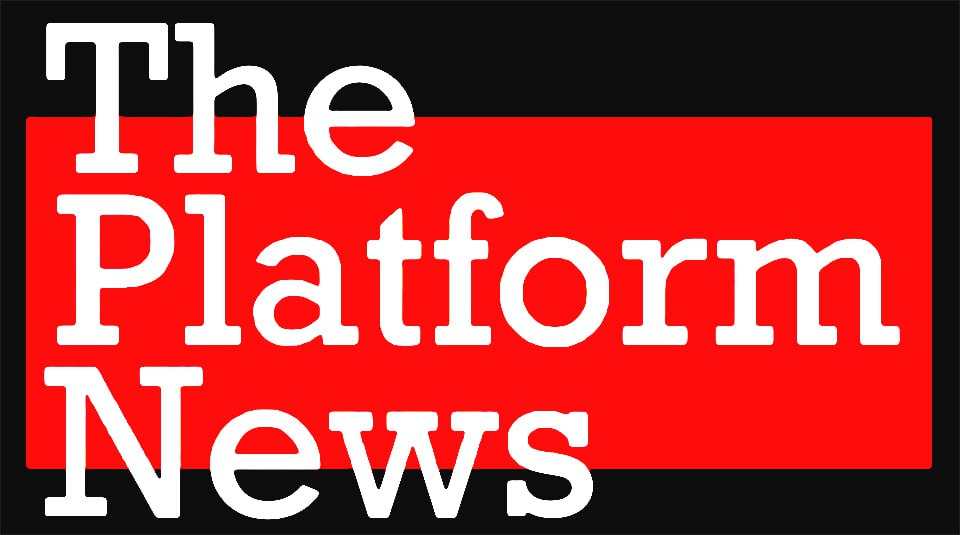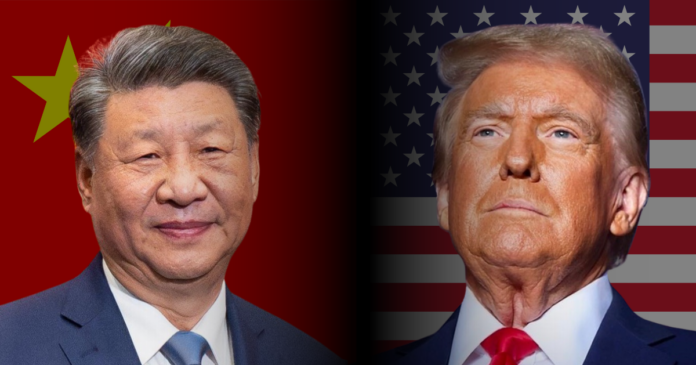The decision of U.S. President Donald Trump to cut the United States Agency for International Development (USAID) funding has created an “aid vacuum,” with China stepping in.
Announced on January 20, the abrupt 90-day freeze has disrupted $60 billion in global aid, slashing USAID’s workforce from over 10,000 to fewer than 300 and halted key programs.
China’s International Development Cooperation Agency (CIDCA) is capitalizing on the situation, expanding into regions previously reliant on U.S. aid. Established in 2018, CIDCA manages China’s foreign assistance, which is closely tied to Beijing’s Belt and Road Initiative (BRI).
Unlike the USAID, which funds health, education, and humanitarian efforts, CIDCA prioritizes infrastructure and economic investment, embedding China deeper into developing economies.
CIDCA’s expansion is already evident in several countries. Cambodia’s Mine Action Centre (CMAC), previously U.S.-funded, secured a $4.4 million grant from China. In Nepal, CIDCA is funding 15 development projects in border districts.
The Philippines has seen increased engagement, including China’s Agricultural Technical Cooperation Program, which has received P500 million (approximately $8.7 million).
China is also expanding infrastructure investments across Asia as U.S. aid retreats.
However, past experiences with Chinese aid came with risks. Pakistan’s BRI power plants came with high guaranteed returns for Chinese firms and dollar-based repayments. Today, Pakistan faces a surplus of power it cannot afford and a mounting debt crisis. China’s influence in Africa, through the Forum on China-Africa Cooperation, has deepened economic dependency, raising sovereignty concerns.
Soft power is crucial in diplomacy, allowing nations to influence others without direct coercion. Foreign aid has long been central to U.S. soft power, fostering alliances and strengthening economic ties.
The USAID freeze weakens this influence, while China expands its soft power through infrastructure and investment. Critics argue that China’s approach, prioritizing economic control over governance reforms, gives it long-term strategic leverage.
The shift from U.S. to Chinese aid has profound implications for American diplomacy. USAID has been a key tool for promoting governance and fostering alliances.
For decades, USAID has been the “carrot” that the United States uses to find common ground with potential partners globally. But with Beijing stepping in, China strengthens its global presence as the U.S. retreats. As aid dynamics shift, recipient nations must navigate new dependencies and geopolitical realities.



